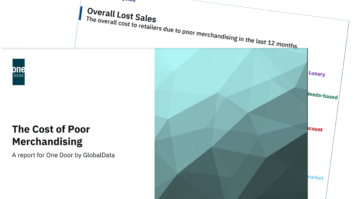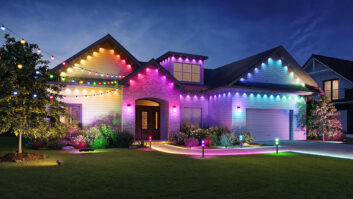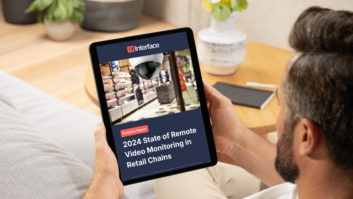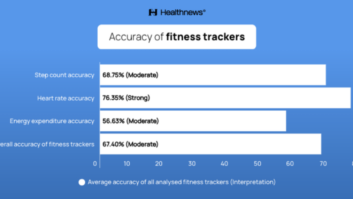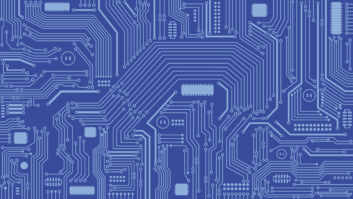Washington — U.S. PIRG, the federation of state Public Interest Research Groups, released a report this week accusing a collection of leading national electronic retailers of failing to adequately educate their employees and inform customers of the impending Feb. 17, 2009, analog broadcasting cutoff date.
The report, called “Mixed Signals: How TV Retailers Mislead Consumers on the Digital Television (DTV) Transition,” is based on a “secret shopper” survey that the group said it performed at 132 locations of national electronics retailers in Arizona, California, Colorado, Illinois, Maryland, Massachusetts, North Carolina, Texas, Wisconsin and Virginia. While the majority of the surveys were performed in the fall of 2007, the report noted that its surveys in Texas and Virginia were performed in January 2008.
Researchers primarily visited Best Buy, Circuit City, RadioShack, Target and Wal-Mart, though stores like Sears and Radio Shack were also surveyed in Florida and Washington.
The group’s secret shoppers asked a series of standardized questions in each store to test employees’ knowledge about when the transition would happen; about the existence, availability and pricing of converter boxes; and about the government coupon program.
According to the report, “The survey found that retail electronic store staff are largely uninformed and are not adequately preparing consumers for the impending transition to digital television.”
It continued, “The majority of retailers provide inaccurate or misleading information about the digital transition. Many sales clerks tried to persuade our surveyors to buy new, expensive digital televisions or high-definition televisions rather than explaining the availability of the less expensive option such as buying converter boxes, discounted by government coupons available to anyone who needs one.”
Among the survey’s key findings, the report said it found that:
- 81 percent of the sales staff did not know about or gave out inaccurate information about converter boxes;
- 78 percent of the sales staff provided inaccurate information about the federal government’s coupon program for converter boxes; and
- 42 percent of sales staff provided inaccurate information about the month of the digital transition deadline.
John Kreieger, staff attorney at U.S. PIRG, told TWICE that this survey was done so that the group could release their findings by the time the cutoff date was one year away. Coincidentally, many of the retailers in this survey have also made announcements in the past few weeks touting the recent availability of converter boxes in their stores, and also discussing their plans to educate employees and consumers over the next year.
When questioned as to whether the surveys may have been held too early since the boxes have only become available in stores this month and the coupons will be mailed next week, Kreiger said that he did not think so since the conversion has been approved since 1996. He said that while the group certainly welcomes any educational improvements the retailers may have made since the surveys were first performed, he still thinks the groups findings are relevant because his group found more than 80 percent of employees were unable to provide the right information in the fall and “I don’t anticipate [that there has been] some magic fix in the last week that would make this data any less impactful.”
Marc Pearl, executive director of the Consumer Electronics Retailers Coalition, however had a different opinion of the survey’s findings. On Friday he told John Eggerton, Washington bureau chief at TWICE’s sister publication Broadcasting and Cable “With respect to the ‘study,’ it is really unfortunate that it would have any credence whatsoever given its methodology flaws,” Pearl told B&C. “The ‘secret shopper surveyors,’ for example, were sent out before the program was in place, during a time when converter boxes were not yet available and where sales associates (and we don’t even know from their study whether TV sales staff or a cashier was surveyed) may have been seasonal/holiday employees who would not have been briefed on a product not yet on the shelves. The standardized questions cited in the report raised by the secret shoppers were so vague and ambiguous that they could not have yielded accurate answers.”
As alluded to earlier, the first wave of $40 coupons is expected to reach consumers next week. Wal-Mart began selling coupon-eligible converter boxes in its stores this week. Best Buy and Circuit City will begin selling $60 converter boxes beginning Feb. 17.
All three retailers have also announced various education plans.
TWICE reported last week, “Wal-Mart has worked closely with the National Telecommunications and Information Association (NTIA) in preparation for lead-up to the digital transition, and has developed additional training for its sales clerks, in-store communication about DTV options, and created a new platform for registers to accommodate the coupons.”
Also recently reported by TWICE is that Best Buy is launching a dedicated bilingual hotline to answer consumers’ questions about the DTV transition and outline their options. The company’s store employees have received training on the transition and available options and “those most likely to assist with inquiries have participated in an additional series of in-depth training sessions since June 2007.” The retailer said it plans to continue its education efforts through the 2009 cutoff date.
Finally, Circuit City announced this week that it will kick off a year-long DTV education campaign for the public with an interactive Web forum on Feb. 19, 2008. It also said it plans to enhance signage and provide additional educational resources in stores and online.




